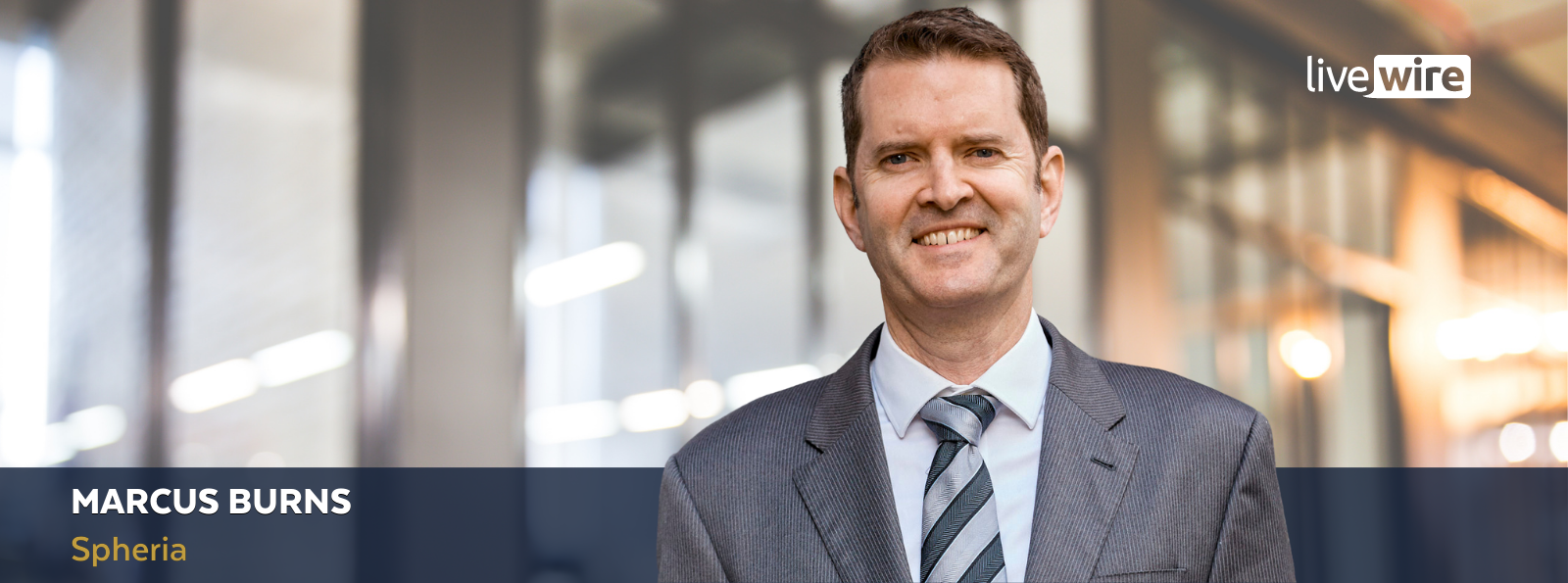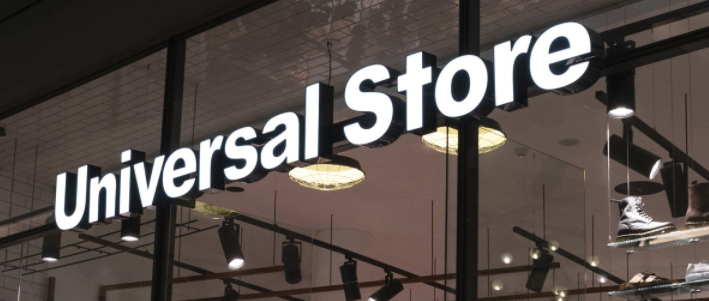Three microcaps to beat the macro blues

It has been an exciting start to the year for many investors. And when I say “exciting" I mean it in the way losing your wallet is exciting. That sort of exciting.
Of course, it hasn’t been a disaster for every investor, or for every space, or sector. Gold investors, for example, are grinning. But equities ... not so much, right?
In this wire, we’re going to speak to Spheria’s Marcus Burns to find out how microcaps are weathering 2022's early headwinds, and how they performed in the reporting season.
You'll get his insights, too, into the decisions and philosophy that made Spheria the best-performing microcap fund of 2021. He also explains what it is that draws him to the space, and he offers three microcap stocks for Livewire readers to consider in 2022.
.png)
Spheria had the best-performing microcap fund in 2021. What were you doing right?
Our philosophy is simple - we're very focused on cashflow, on fundamentals. We don't buy stories. The reason is, we’ve seen over many years, businesses that tell great stories but don't have fundamentals just get destroyed by the market in tough times.
All we can do is just do what we do, to the best of our ability best. We can't manufacture the numbers. We just make sure the process stays consistent. We have to challenge ourselves to continue applying the process consistently. And keep applying it the right way.
In Microcaps people seem to have lost their way. They’re chasing stories and forgetting about valuation being important. We think valuation is important. Cashflow is central to valuation, and also works as a screening tool for us. All those things tie together to work as being central to our process.
Then when it comes to risk we’ve built a philosophy around building a bridge - to use the old Buffet analogy - that could support a 1,000 tonne truck when the average truck's going to be 10 tonnes. We always start with what can go wrong. And secondly, we look for the upside.
Reporting season followed the January sell-off and a difficult latter half of 2021. What were the microcaps results like?
opportunity.
I’ll give you an example - Michael Hill, which we own is a great business, and it put out tremendous numbers, given they had something like 20% of their trading days closed. The stores were actually closed 20% of the time but the numbers were pretty much a record for the company.
“So, if you adjusted that, they traded exceptionally well, built up a tremendous amount of cash in the balance sheet and the stock actually fell on the results.
It's been very volatile. But to be honest with you every reporting season feels volatile when you’re in the thick of it.
What are the key influences that move the microcaps?
Then, obviously, the economy. When the economy shudders around the place as well, that throws micros around more than large-caps. As for events like Ukraine ... we don't spend a lot of time trying to guess what happens with Ukraine, because we have no idea. We have no more idea than the next person.
Probably Putin doesn't know how it's going to play out. Does it go neutral? Does he end up having to fight for a month? Does the West come in? I hope not.
So, we start with rehearsing: "Okay, things are going to hell in a hand basket, how do we defend? Where can we attack based on biggest upside and biggest opportunity?
And if that is the case, it's not temporary, then a 1% long-term bond yield doesn't make any sense. Investors are now sensing that maybe it's a three, or three and a half per cent, and they’re not positioned for that.
And then there’s bond yields. Remember, just go back six months, something like 40% of the world's bond market, or government debt market, had a negative yield. Germany was negative. Switzerland was negative. France was zero. And now they're all positive.
So, you get this re-emergence of the cost of capital, where people think actually money's worth more today than tomorrow. Whereas up to a few months ago, the thinking was money is worth more tomorrow than today. The discount rate simply goes up and I think a lot of those loss-making names have collapsed because of this. That was probably the biggest thing in January.
Can you tell us about some microcaps Spheria is excited about?
#1 NZME

It's also got an online property portal called OneRoof. That's starting to ramp with revenue now.
It's gone through the classic ... Revenue's going down. Circulation is going down. Print's going down. Money's going online. To realising it is so well-positioned to reinvent itself
They're going to get more out of digital advertising. That's coming through strongly in the numbers. Also, the radio is starting to digitise, with some of the digital streaming services you can get on the radio.
It's paid down dividends, paid down the balance sheets. It's announced a 10% buyback. And because of a quirk where it over-depreciates, if you adjust for that in your EBIT number, it's trading on an EBIT of about four and a half times.
They’re also negotiating with Google and Facebook. Channel 7 got around 30 million in Australia from Google they might get $3 million to $5 million in New Zealand. When you're only making $30 million, $3 to $5 million dollars is pretty material.
#2 Mader

What they do is servicing for Caterpillar trucks and equipment on mining sites. Think of the aftermarket work WesTrac does, these guys compete with that. Mader himself was one of the WesTrac employees of the year, way back when.
What gets us excited is, even though they've been going for, I don't know, 20 plus years in Australia, they just printed a 20% plus growth rate in the first half, in Australia and up 66% in the US, again, that's off a pretty small base, to be fair, but it is finding traction in some of the big gold mines in Nevada and moving out.
#3 Universal Store

It's one of those real culture stories where you've got really good executives. You've got a CEO and CFO who are both women. They partially IPO'd it about a year and a half ago. We bought into it then, got to know the story. We really like Alice and the team and like the way they're rolling it out.
They've had something like 11% per annum same store sales growth the last five years, which is extraordinary if you know retailing. That's amazing.
It has really good margins, great cashflow, net cash, tremendous management team, great niche with a lot of space growth on it, and you're paying about nine times EBIT one year forward for that, with no debt and a good dividend yield." So I think that's a pretty exciting story as well.
What draws you to microcaps?
A large-cap like BHP is complicated, right? If you've ever looked at BHP and read the accounts, your head starts spinning. You can get there eventually. And you talk to the CEO about the company and you get through half of one division.
With microcaps we can go deeper, we can get granular. We get good access to management teams because we're significantly registered: $20 million investment in a microcap company means something, whereas $20 million in BHP is like, "Mate, why am I seeing you?”
Microcaps sometimes grow and grow and grow. Can you name three or four examples that have made it all the way to the top of the ASX ?
Cochlear listed in '95 at $2.50. It's now $221, and paid dividends. So it gave you 21.8% compound for that time, if you want to know those numbers.

.jpeg)
1 topic
7 stocks mentioned
1 fund mentioned
1 contributor mentioned

Matt Buchanan is a former Head of Content at Livewire Markets. Matt is an avid investor and a big fan of the Livewire community, which he first joined in 2017.
Expertise

Matt Buchanan is a former Head of Content at Livewire Markets. Matt is an avid investor and a big fan of the Livewire community, which he first joined in 2017.

